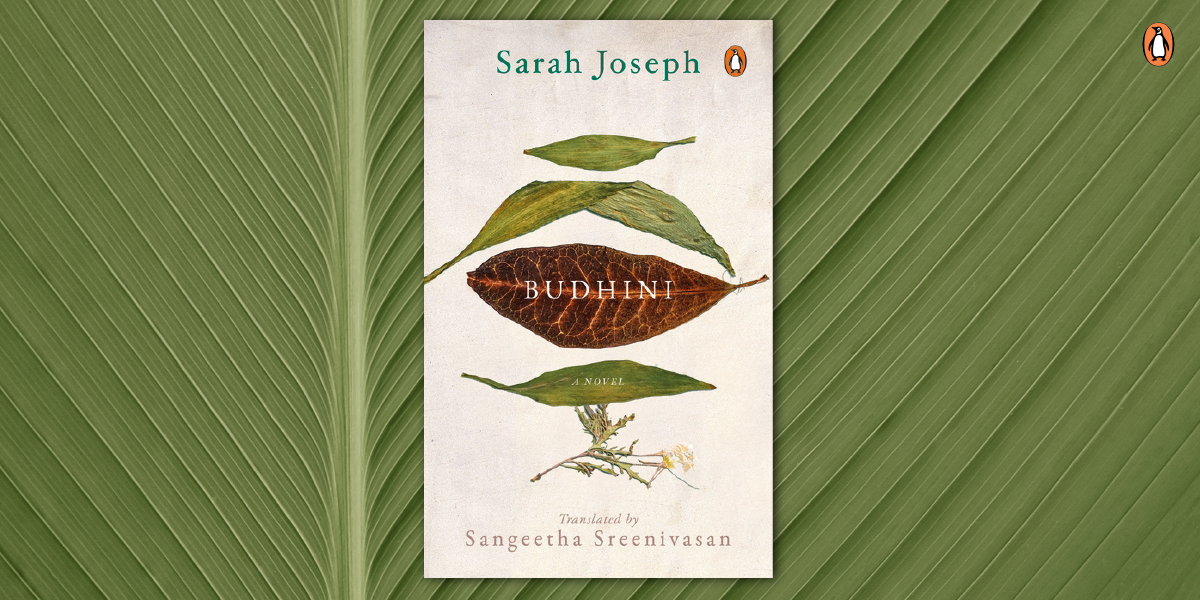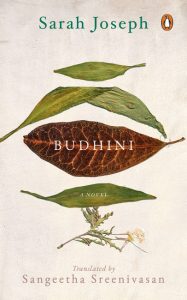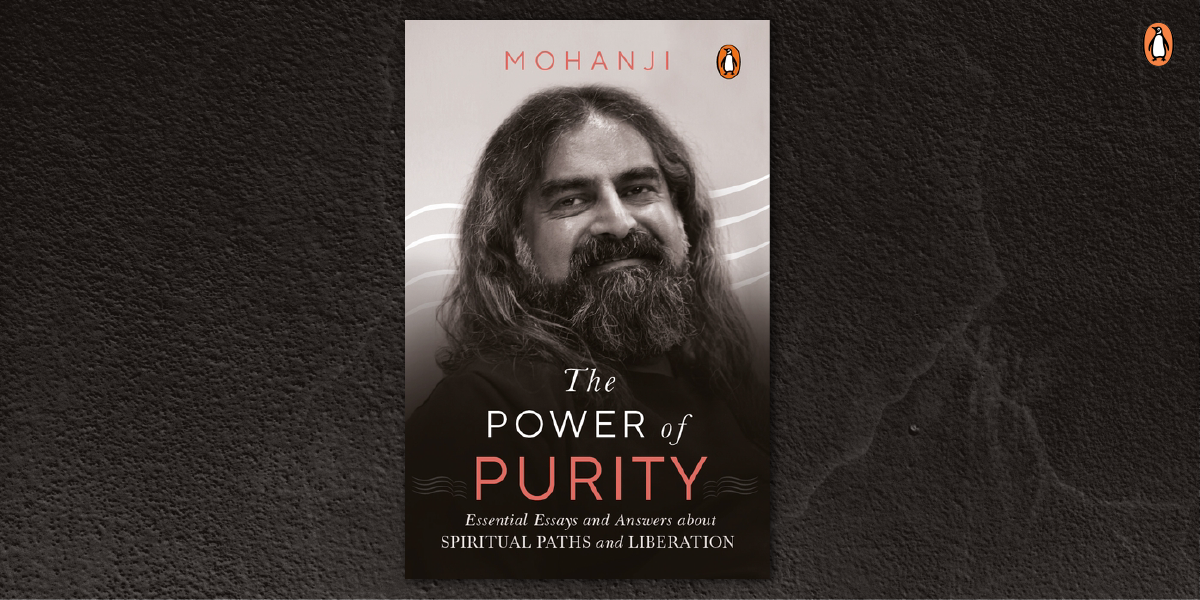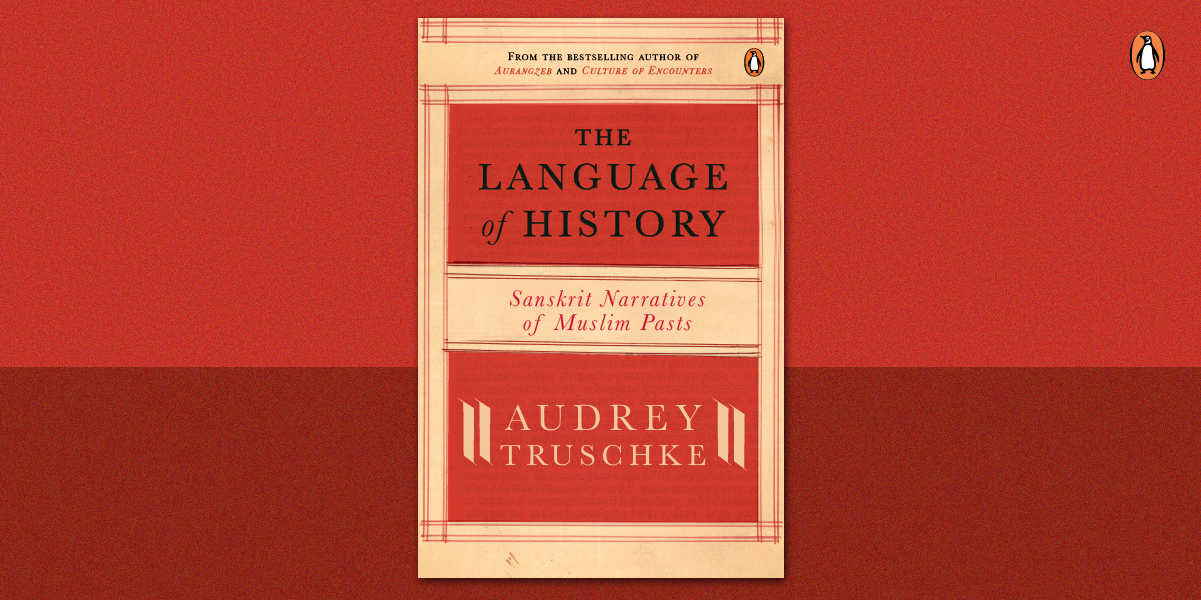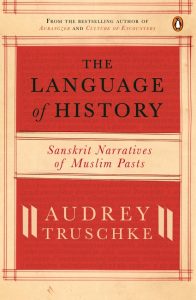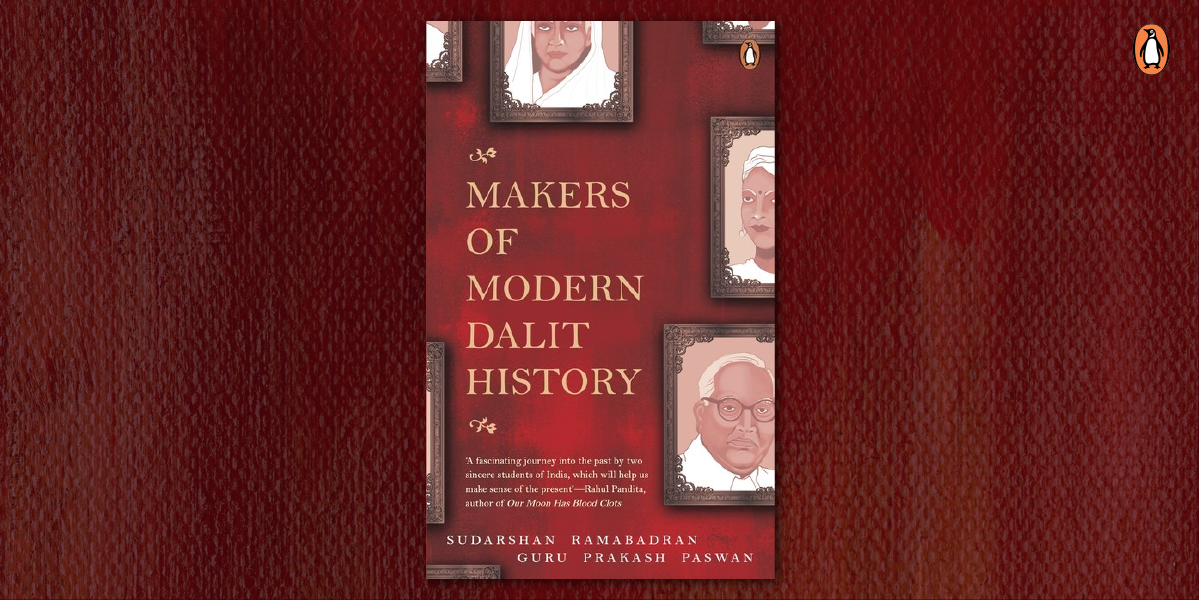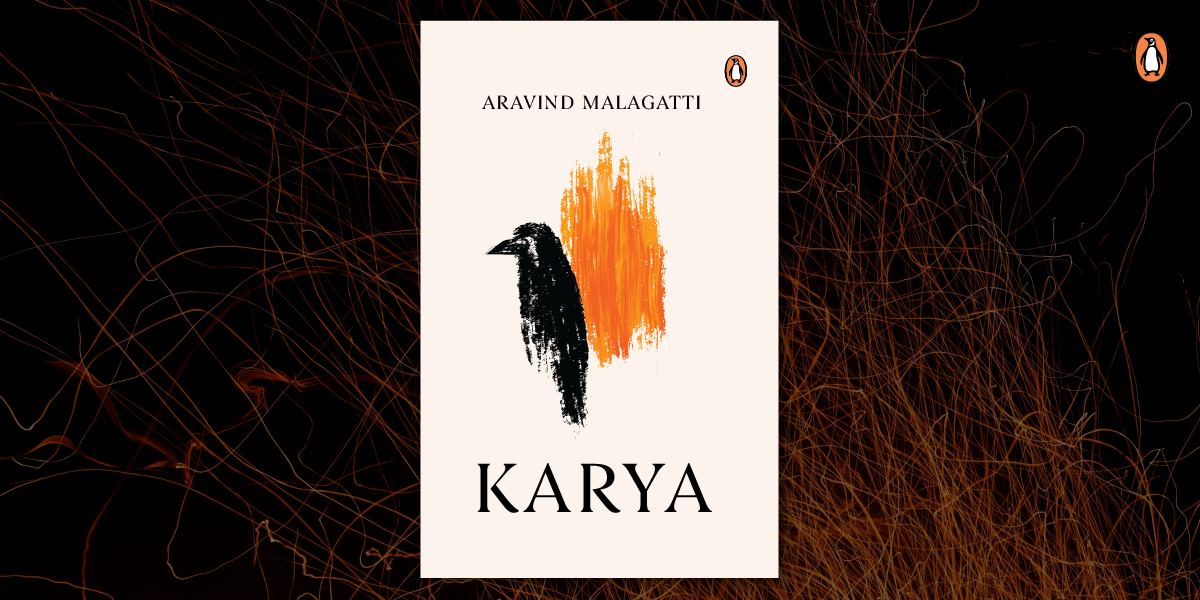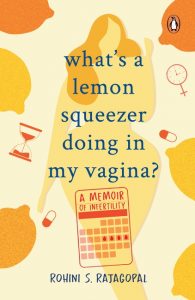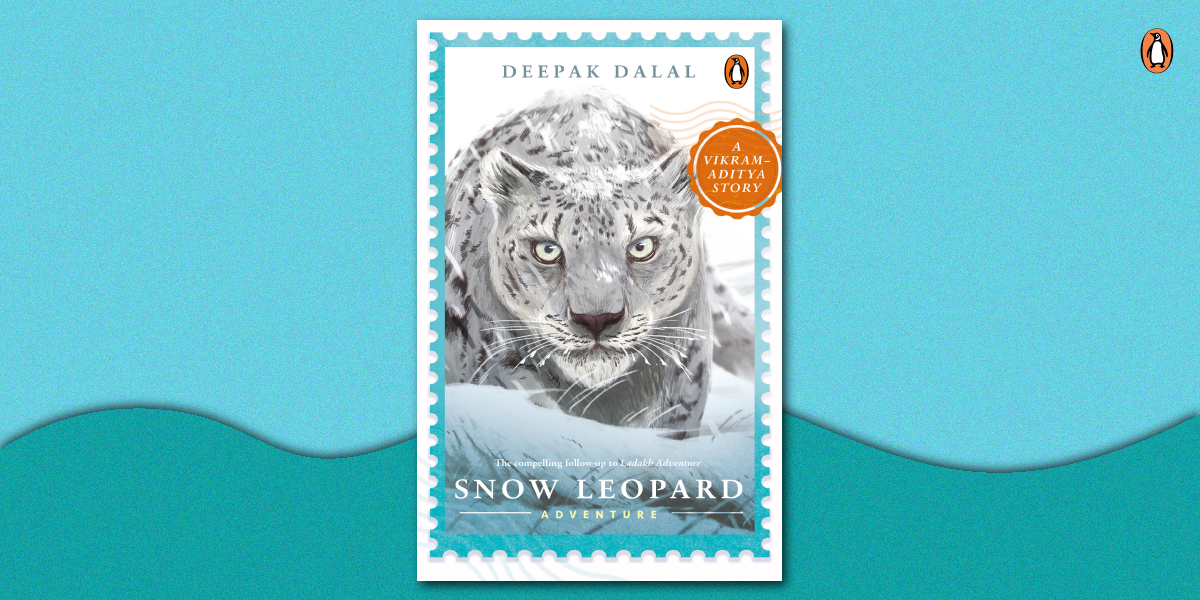Banaras, Varanasi, Kashi. India’s holy city on the banks of the Ganges has many names but holds one ultimate promise for Hindus. It is the place where pilgrims come for a good death, to be released from the cycle of reincarnation by purifying fire.
As the dutiful manager of a death hostel in Kashi, Pramesh welcomes the dying and assists the families bound for the funeral pyres that burn constantly on the ghats. He lives contentedly with his wife, Shobha, their young daughter, Rani, the hostel priests, his hapless but winning assistant, and the constant flow of families with their dying.
But one day the past arrives in the lifeless form of a man pulled from the river-a man with an uncanny resemblance to Pramesh. Called ‘twins’ in their childhood village, he and his cousin Sagar were inseparable until Pramesh left to see the world and Sagar stayed back to look after the land. For Shobha, Sagar’s reemergence casts a shadow over the life she’s built for her family. Soon, an unwelcome guest takes up residence in the death hostel, the dying mysteriously continue to live and Pramesh is forced to confront his own ideas about death, rebirth and redemption.
***

As the sun broke free from the horizon like a balloon slipping from a child’s grasp, the light lift ed the veil of fog from Kashi and beyond. The white sands of Magadha winked with the allure of crushed pearls. Birds skated along the air above, traveling in perfect circles over the land, dipping toward a pair of dogs that snarled and fought, spiraling above a tented barge that trundled along the river on an aimless journey. The Ganges, calm and composed in the absence of the monsoon, gathered the early morning pink over its expanse like a sari laid out to dry in the sun, the edges curling against the many carved stone steps leading up to the city . The buildings towering above the ghats gleamed iridescent in the halo of light washing over the water. The bells rang in the temples; the monkeys watched with indifferent faces from their perches atop the roofs. Men bobbed in the water, dunking themselves once, twice, holding their noses closed with one hand while the other directed the holy river over heads, arms, bellies. Women wrung out their wet saris and crowded near each other as they changed into fresh clothing. The ghaatiye—priests who sat on snug platforms with large umbrellas fanning behind them like cobra hoods—collected coins from the bathers, passed a cracked mirror to one man, said a blessing for another, listened to the dilemma of a third. A perpetual stream of people flowed down to the river and back up the steps, hurried feet sidestepping the drunk stretched out with an earthenware pot clutched in his arms. Funeral pyres crowded a stone platform at the bottom of the steps, Flames crackling, the surrounding men looking like cotton spindles from a distance with their shaved heads and sheer white dhotis. Chants laced the air, each word crisp and new as if emerging for the first time from the lips of red-eyed priests. Black smoke spangled with the occasional swirling orange spark rose up and over the stairs, where the walls bordering the alleyways and lanes drew closer, cinching all who passed through in a concrete embrace that blocked out all light and sense of direction. Four men shouldering a bier navigated tight corners
and crowded alleys. Wrapped in coarse white fabric that rose in crisp lines over the nose, the shoulders, the knobby toes, the body had become nameless, an insect tucked and tightly wound with spider’s silk. Their voices, frozen in a monotone chant, echoed in the lanes. Rama Nam Satya Hai. Rama Nam Satya Hai. Rama is truth. God is truth. The chant chased after the feet of a delivery boy, an old woman walking with quick steps, a white dog trotting out of the open mouth of an alley. The dog sniffed at a discarded tobacco wrapper and paused to scratch behind its ear. It looked back and then raised its nose into the air and disappeared into the alley, its tail held upward like a sail, intent on an errand whispered by the breeze. The news traveled quickly, and speculation trailed after to fill the holes that remained. The note found in the dead man’s pocket could have pointed to suicide . . . but the rope tied around the wrist suggested an accidental drowning. And what of the two boatmen who dragged the body back, who certainly could have been murderers? All the other boatmen at Lalita ghat stuck up for the pair except for Raman. Annoyed that his craft required exorcizing and purification by priests, who insisted that it would take an entire day and a hefty sum of rupees, Raman sat on the topmost steps of the ghat cursing his luck and smoking beedi after mango-flavored beedi. The others sat around gossiping or shouted theories as they passed each other on trips up and down the river. All focused on one detail. “They found a note, didn’t they? Has anyone read it?” “A love letter, most probably,” a priest called out from the middle of the ghat as he scratched his chest. “Always a woman to blame,” he added to no one in particular as he labored up the stairs. “Debts, more likely.”
“Perhaps he had a curse on his head.”
“Or he was looking for Yamraj—see how close he was to Magadha?” “Nonsense. He was drunk and fell over.” “That Raman should have secured things better. What kind of duffer leaves his boat free for anyone to take?” “Well, he died in Kashi, so at least he will find peace.”
“What fool would call that a good death, Kashi or no?”
*
Priyanka Champaneri’s novel is an exquisitely lyrical ode to Banaras where where death is so blatantly placed alongside everyday life.








